Found 8 results
Review
05 February 2025Perspectives of Drug Therapy for Non-Alcoholic Steatohepatitis-Related Liver Fibrosis
Liver fibrosis (LF) is an adverse event of the natural course of non-alcoholic steatohepatitis (NASH) since its progression leads to the development of liver cirrhosis, which is associated with poor prognosis. In addition, there is evidence that the presence of advanced LF may be a strong independent predictor and risk factor for cardiovascular disease in NASH patients, which is the main cause of their death. Based on the severity of the problem, the study and implementation of drugs for the treatment of NASH-related LF is extremely necessary. The purpose of this review was to describe phase II and III randomized controlled trials (RCTs) evaluating the efficacy and safety of drug therapy for NASH-related LF. To date, the possibilities for pharmacological treatment of NASH-related LF are very limited. However, in recent years, several drugs have been evaluated in NASH patients with LF (F2–3), and in some cases with compensated liver cirrhosis, in large phase II and III RCTs, and they have shown promise. It can be assumed that drugs that have shown efficacy and safety in phase II and III RCTs will be recommended for testing and confirming practical benefits in phase IV RCTs. Besides, an in-depth study of the cellular and molecular mechanisms of NASH-related LF will contribute to the development of new medications, the introduction of which will expand the possibilities of its drug therapy.
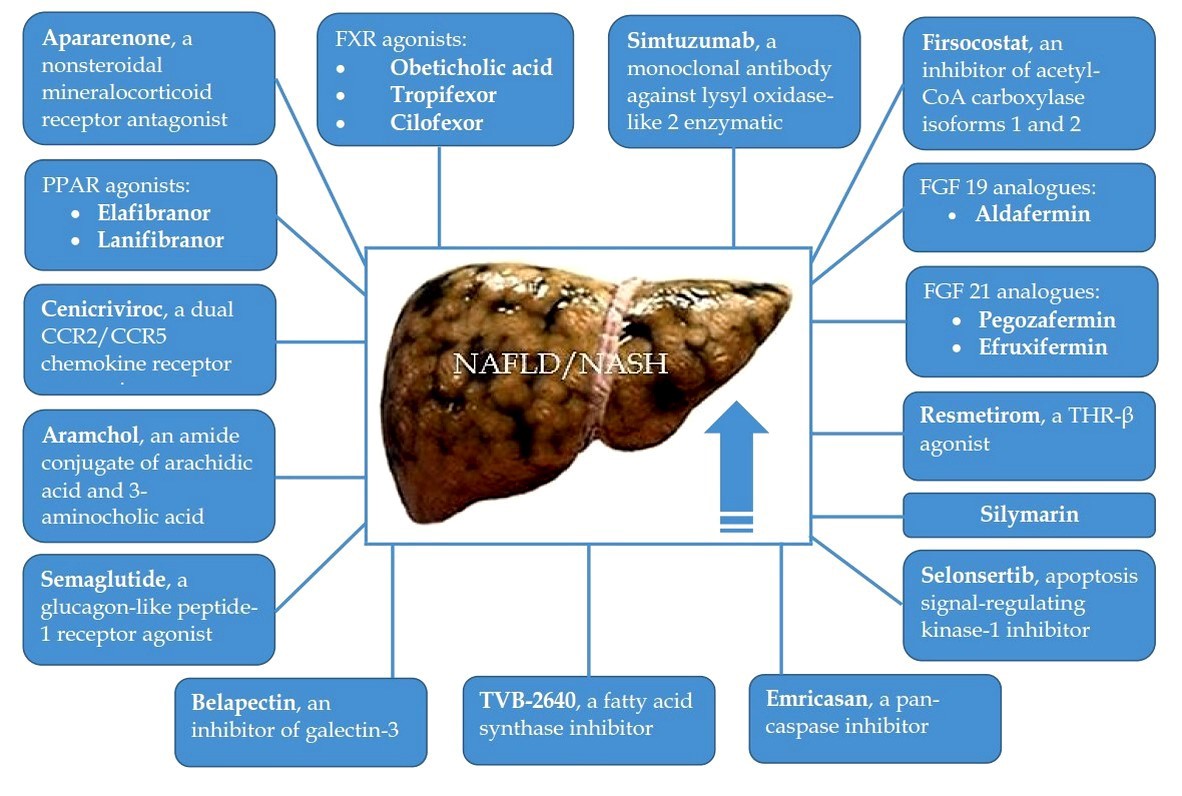
Article
31 December 2024Porous 430L Stainless Steel as a Support Layer for Planar
Solid Oxide Cells: Effect of Porosity on Mechanical Properties
Porous 430L stainless steel
components fabricated via tape casting underwent mechanical testing for
potential in-vehicle application as mechanical supports of solid oxide cells.
Tests included three-point bending up to 5% strain to assess flexural strength,
yield strength, Young’s modulus, indentation hardness, and microstructural
characterization. This study aimed to establish the relationship between pore
former size and volume fraction and the resulting yield strength. It also
compared sintered material without pore former, focusing on the influence of a
wide range of porosity of up to 46.5%. The materials exhibited an inverse
relationship for Young’s modulus, hardness and yield strength as a function of
porosity. The lowest flexural yield strength obtained was approximately 120 MPa
at the highest porosity of 46.5%, meeting the requirement of 59 MPa for the
bipolar plates of existing proton-exchange membrane fuel cells.
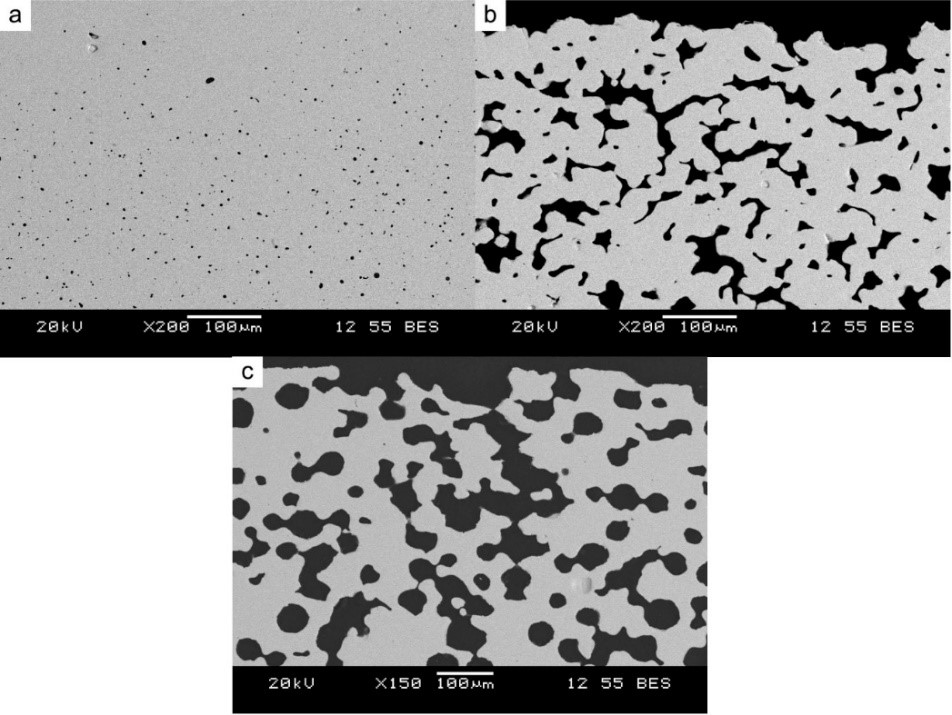
Review
14 October 2024Sex and Gender Differences in Liver Fibrosis: Pathomechanisms and Clinical Outcomes
The accumulation of extracellular matrix proteins is the hallmark of liver fibrosis associated with all chronic liver disease (CLD) types. Liver fibrosis results from repeated bouts of liver injury, which trigger the wound-healing response, ultimately disrupting the normal hepatic architecture. Over time, fibrosis can progress to cirrhosis, portal hypertension, liver failure, and hepatocellular carcinoma, worsening patient outcomes. Biological modifiers, such as sex and socio-cultural constructs like gender, influence the development of liver fibrosis through various genetic, hormonal, immunological, metabolic, and lifestyle-related factors, including alcohol consumption, diet, sedentary behavior, and hormonal therapy. Moreover, liver fibrosis is significantly modulated by age, reproductive status, and the etiology of CLD. This review aims to summarize the most well-characterized pathomechanisms underlying sex and gender differences in hepatic fibrogenesis as well as liver-related complications (cirrhosis, portal hypertension, hepatic encephalopathy, liver failure, and hepatocellular carcinoma) and extra-hepatic correlates of liver fibrosis (sarcopenia, cardiovascular disease, diabetes, chronic kidney disease, and dementia) across various types of CLD due to viral-related, autoimmune, drug-induced and metabolic etiologies. Understanding these disease modifiers and their mechanisms is crucial for developing innovative treatment strategies and precision medicine approaches in this field.
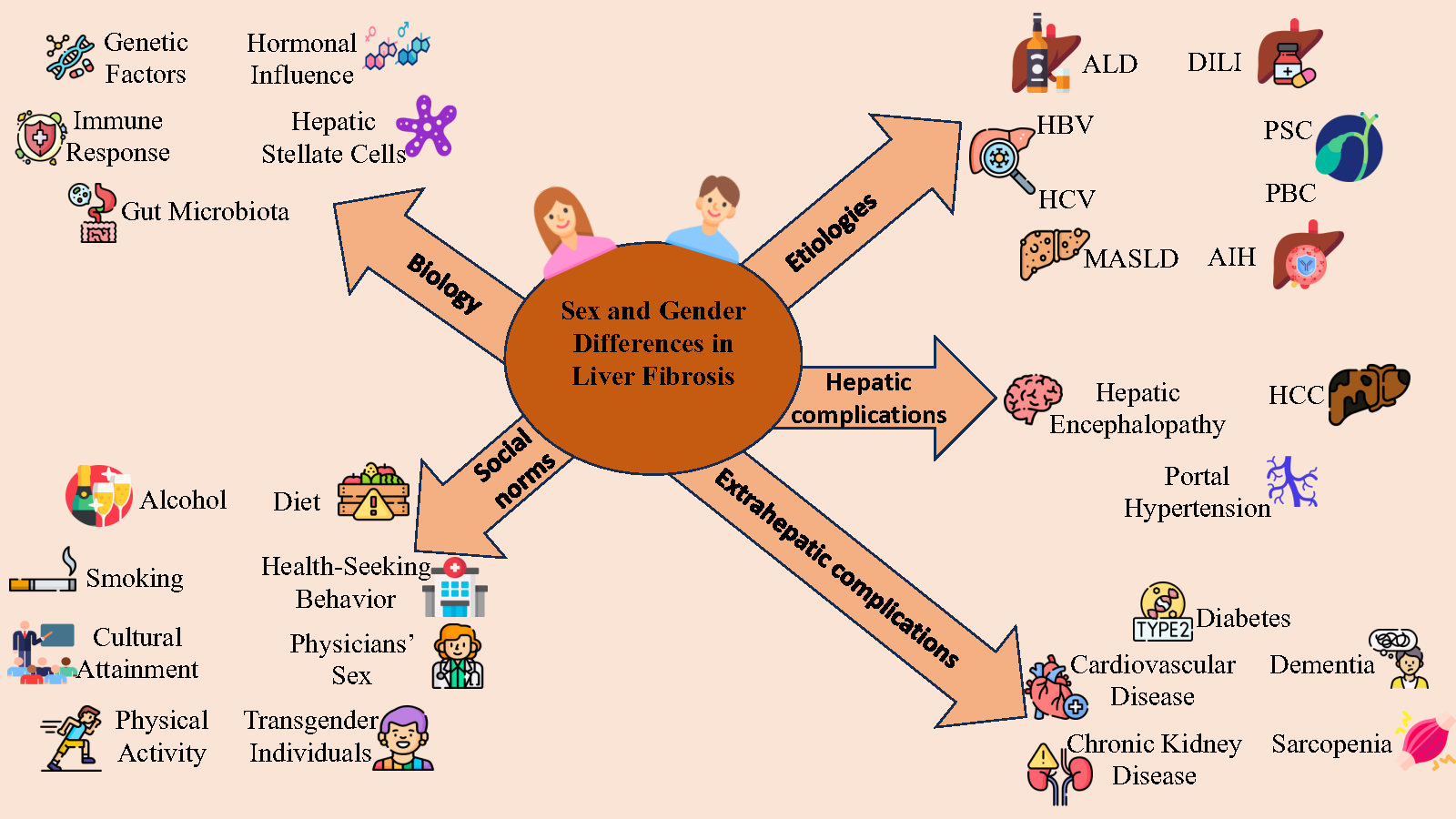
Article
26 August 2024Delivery of Novel Replicating Vectors to Synechococcus sp. PCC 7002 Via Natural Transformation of Plasmid Multimers
In most cyanobacteria, genetic engineering efforts currently rely upon chromosomal integration; a time-consuming process due to their polyploid nature. To enhance strain construction, here we develop and characterize two novel replicating plasmids for use in Synechococcus sp. PCC 7002. Following an initial screen of plasmids comprising seven different origins of replication, two were found capable of replication: one based on the WVO1 broad host range plasmid and the other a shuttle vector derived from pCB2.4 from Synechocystis sp. PCC 6803. These were then used to construct a set of new replicating plasmids, which were shown to be both co-transformable and stably maintained in PCC 7002 at copy numbers between 7–16 and 0.6–1.4, respectively. Lastly, we demonstrate the importance of using multimeric plasmids during natural transformation of PCC 7002, with higher order multimers providing a 30-fold increase in transformation efficiency relative to monomeric plasmids. Useful considerations and methods for enhancing multimer content in plasmid samples are also presented.
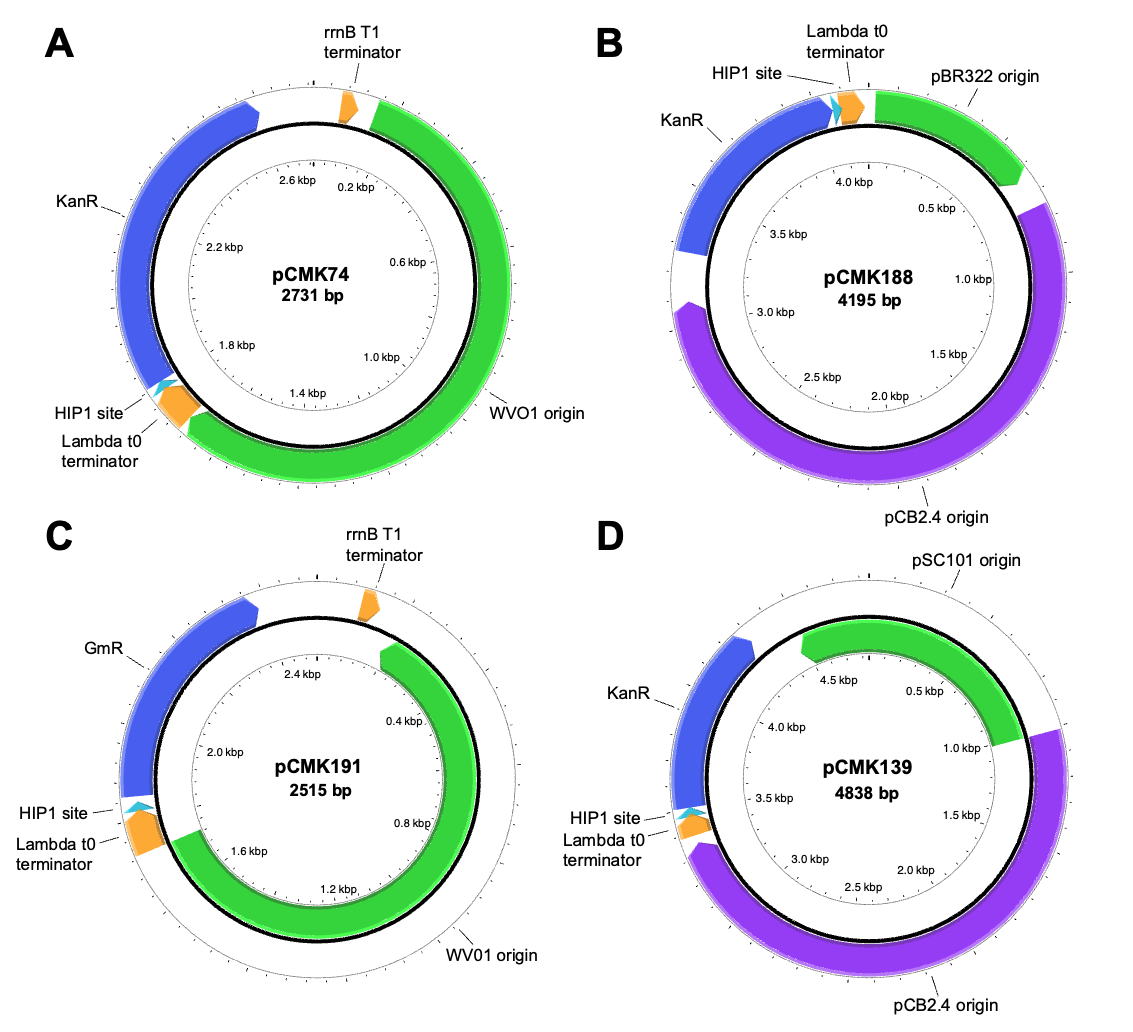
Opinion
22 August 2024Medical Drones for Public Health Emergency Preparedness, Response, and Resilience: Delivering Health for All
Amid a global metacrisis of health, environmental and economic challenges, medical delivery drones (or uncrewed aerial vehicles) offer a promising method to prepare for, and rapidly respond, to future emergencies. This opinion article summarizes the current medical delivery drone landscape, evidence base, and policy implications in the context of public health emergencies, such as pandemics, natural disasters, and humanitarian crises, with a particular emphasis on the region of sub-Saharan Africa. Using a multilateral, international health policy perspective, key challenges and opportunities, such as the development of sustainable funding mechanisms, robust regulatory frameworks, and capacity building, are identified.
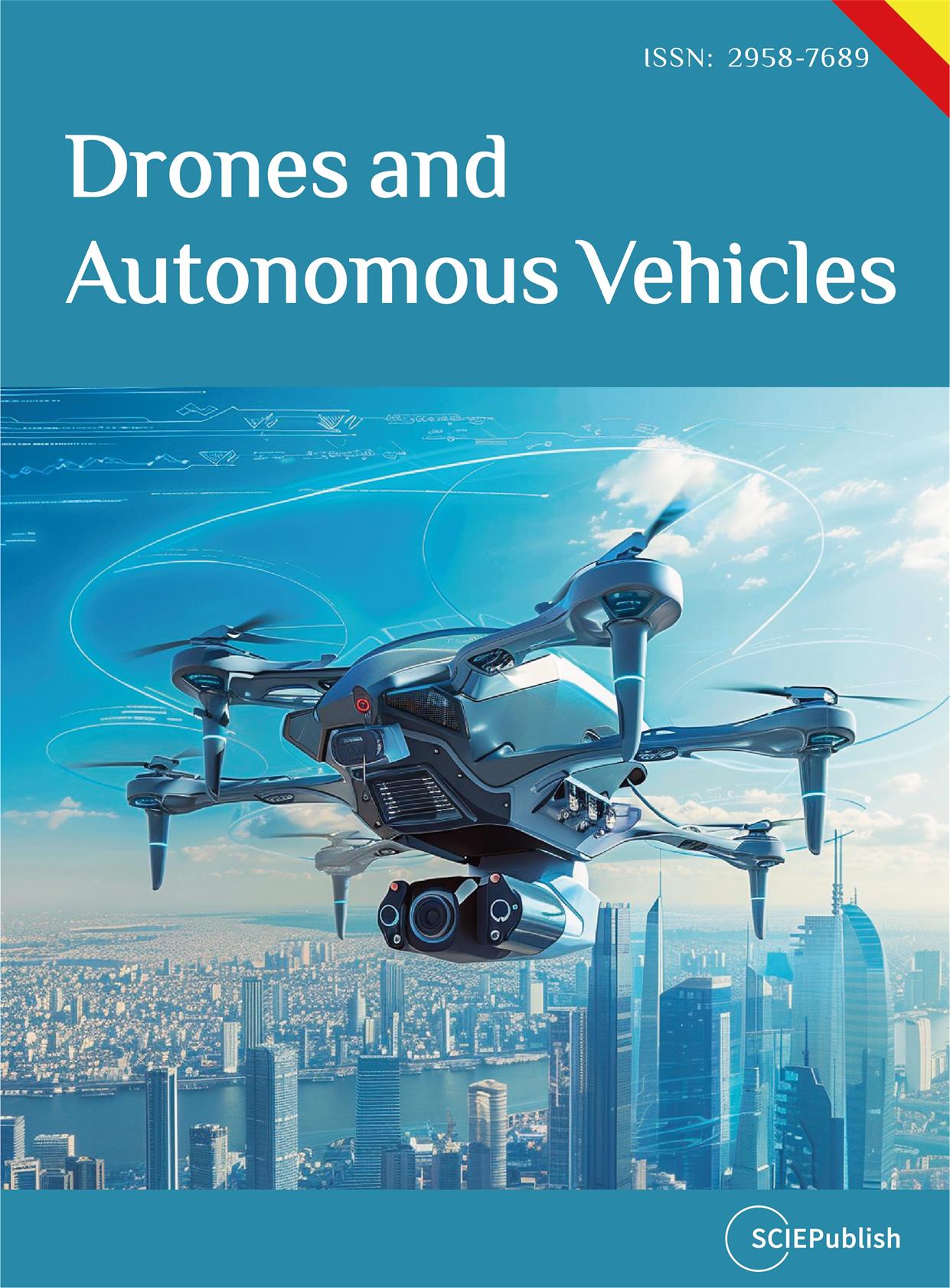
Article
24 June 2024An Integer Programming Approach to Multi-Trip Routing of Delivery Drones at Load-Dependent Flight Speed
In recent years, there has been a growing interest in utilizing drones for parcel delivery among companies, aiming to address logistical challenges. However, effective optimization of delivery routes is essential. A theoretical framework termed the Flight Speed-aware Vehicle Routing Problem (FSVRP) has emerged to address the variability in drone flight speed based on payload weight. Several approximate methods have been proposed to solve the FSVRP. Our research endeavors to optimize parcel delivery efficiency and reduce delivery times by introducing a novel delivery problem. This problem accounts for multiple deliveries while considering the variability in flight speed due to diverse payloads. Through experimentation, we evaluate the efficacy of our proposed method compared to existing approaches. Specifically, we assess total flight distance and flight time. Our findings indicate that even in cases where the payload exceeds maximum capacity, all parcels can be delivered through multiple trips. Furthermore, employing a multi-trip FSVRP approach results in an average reduction of 10% in total flight time, even when payload capacities are not exceeded.
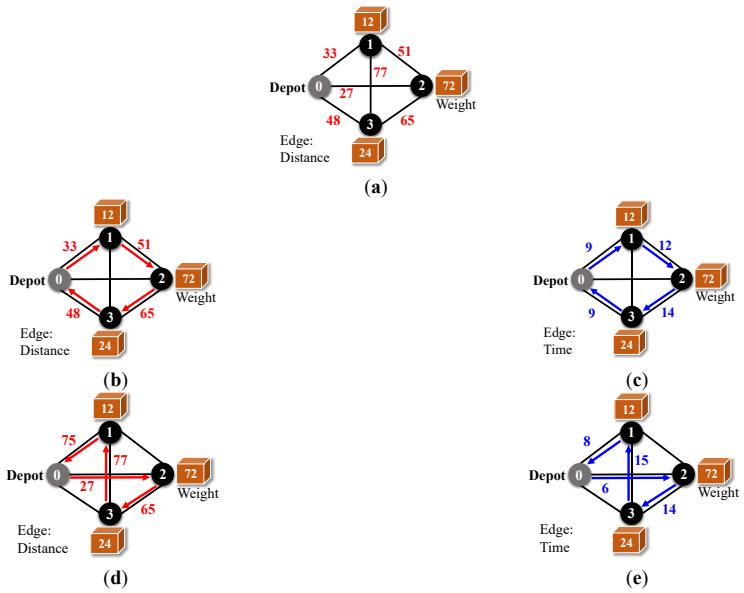
Article
16 September 2023Hepatic Lysosomal Enzyme Activity in Primary Biliary Cholangitis
Lysosomal enzymes are implicated in autophagy and senescence. Hepatic lysosomal enzymes have not been studied in Primary Biliary Cholangitis (PBC). We therefore quantified the activities of lysosomal hydrolases in liver tissue of PBC patients. We compared enzyme activities in liver tissue from PBC patients with normal livers. Alcoholic liver disease and chronic viral disease served as disease controls. Cathepsin B1 was significantly increased in early PBC (225.1 ± 18.06 mean ± SD, p < 0.0001) and reduced in later stages (66.5 ± 9.7, p = 0.004, controls 130.4 ± 14.9). It was reduced in patients with extensive fibrosis such as alcoholic and viral cirrhosis (p < 0.01 and p = 0.004 respectively) but not in chronic hepatitis. Cathepsin D was increased in early PBC (39 × 103 ± 4.8 SD, p < 0.0001) and less so in later stages (20.1 × 103 ± 3.9, p = 0.05, controls 14.1 × 103 ± 2.9). It was also increased in the presence of histological necro-inflammation in hepatitis. Treatment with ursodeoxycholate (UDCA) restored the abnormal values of enzymes in PBC. Lipid hydrolases mostly paralleled the changes of Cathepsins. Sequential measurements in serum of patients with acute alcoholic hepatitis showed that cathepsin B1 gradually decreases, and esterases increase as aminotransferases improve. The increased activity of lysosomal enzymes in early PBC are possibly on line with increased senescence. Treatment with UDCA restores abnormal values. In chronic liver disease, Cathepsin B1 reduction is associated with fibrosis and increased cathepsin D with necro-inflammation. Abnormalities of lysosomal enzymes indicate impairment of the final stage of autophagy in chronic liver disease.

Communication
21 March 2023Established Hepatic Stellate Cell Lines in Hepatology Research
Hepatic stellate cells comprise a minor cell population in the liver, playing a key role in the pathogenesis of hepatic fibrosis. In chronic liver damage, these cells undergo a transition from a quiescent to a highly proliferative phenotype with the capacity to synthesize large quantities of extracellular matrix compounds such as collagens. Because of their pivotal role in liver disease pathogenesis, this hepatic cell population has become the focus of liver research for many years. However, the isolation of these cells is time consuming and requires the trained laboratory personnel. In addition, working with primary cells requires the following of ethical and legal standards and potentially needs the approval from respective authorities. Therefore, continuous growing hepatic stellate cells have become very popular in research laboratories because they are widely available and easy to handle, and allow a continuous supply of materials, and further reduction of lab animal use in biomedical research. This communication provides some general information about immortalized hepatic stellate cell lines from mouse, rats and humans.
